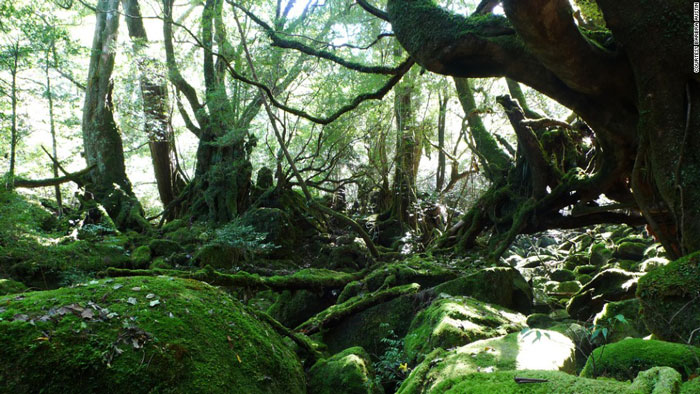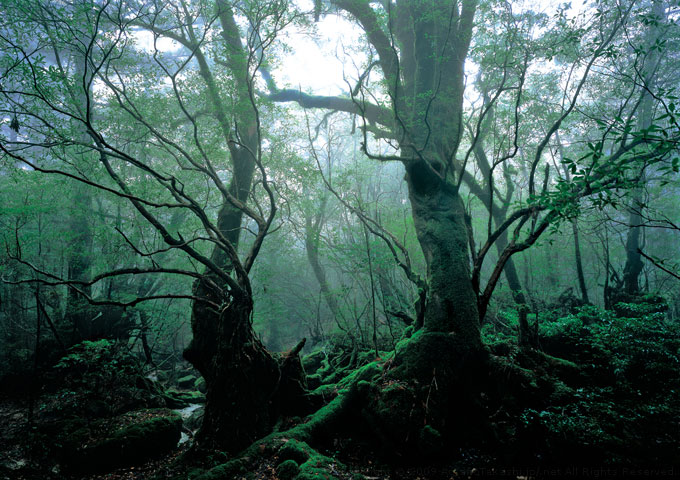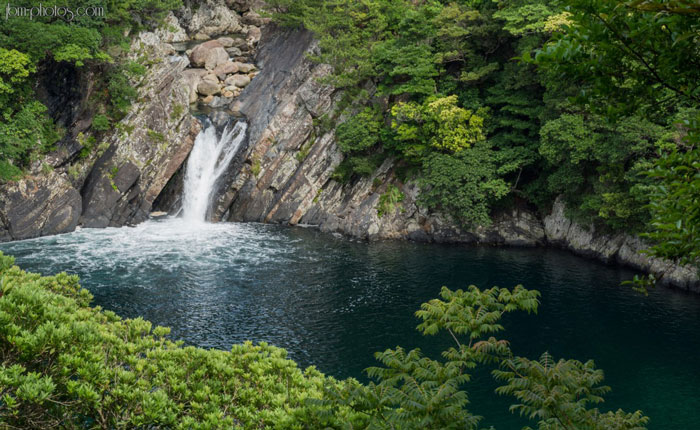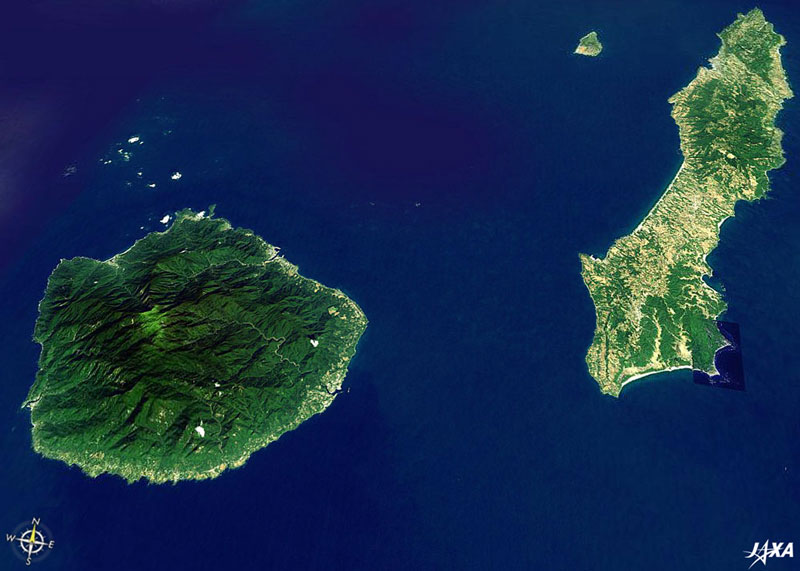Yakushima Island - World Natural Heritage in Japan
Unesco's Scientific, Educational and Cultural Organization recognized Yakushima Island in Japan as a World Natural Heritage in 1993.

Yakushima Island is a 501 km2 small island located offshore south of Kagoshima Prefecture, Kyushu Province. The island has a strange pentagon shape, separated from Tanegashima by the Vincennes Strait with the highest mountain of the Myanoura Island. Miyianoura mountain reaches the blue sky with a height of 1,935m, higher than any mountain on Kyushu island. In addition, the beautiful island also has more than 30 mountains with a height of over 1,000m. This island, in Vietnamese, can be called the "Octopus Island ", which is a unique temperate forest, the first world natural heritage of Japan. The subtropical climate and annual rainfall of 4,000 to 10,000mm have given Yakushima the most diverse variety of plants in Japan, especially cedar .

Yakusugi forest consists of countless cedar trees dense. The cedar trees on the island are one of the oldest perennial plants in the country of cherry blossoms, with a lifespan of 3,000-3,500 years. Among them, there is a tree named Jomon Sugi with the circumference measured at 16.4m, according to the botanists studying Jomon trees estimated to have lived up to 3,000 years but according to the legend of the people here, this tree was 7,200 years old. This thousand year old cedar tree is located in the central area of the forest, and to observe and admire it, tourists must travel quite deep into the forest, through many small trails.

In Japan, the Jomon period began about 12,000 BC before the third century BC. The vegetation with a long life span on Yakushima island is a valuable resource for research on botany and ecology. In addition to the types of plants, there are many types of precious birds that are threatened with extinction in the world, such as the Ryukyu red bird or Izu thrush .

Besides, in the flora on Yakushima island, there are many types of ficus plants such as Gajumaru or Ako at an altitude of about 200m above sea level. On areas of 200-800 meters above sea level, there are trees such as Tabu, Chinquapin or green oak all year round. At altitudes up to 1.600m is the famous Yakusugi cedar species. Not only that, the flora of the forest also notes hundreds of species of flowers, of which dozens of flowers only exist in this forest. Mosses growing in the forest are also very special, rare in the world where the moss is as diverse as in Yakushima island. There are hundreds of different mosses covering the trees to the cliffs.

Yakushima's wonderful and healthy ecological environment is probably the reason why people here are one of the highest life expectancy places in Japan.
The flora on this island is extremely rich, because the rainfall here is quite large, almost every day it rains.
Going to Yakushima island will see only one green, green trees on top of the head, and moss and other low-growing plants. Yakushima island also has a beautiful waterfall that is Toriki waterfall, which cascades directly into the sea, the two sides of the waterfall are steep cliffs, water pouring from the waterfall to the sea creates a very impressive spectacle.

Yakushima Island is recognized as a Natural Heritage by Unesco according to the criteria (vii), (ix)
Criterion (vii): Yakhushima Island is a small island with a strange shape and is an ideal home for many species of growing plants, especially of that cedar - a long-standing species in Japan.
Criterion (ix): Yakushima Island provides many important data in research on biology, plants and interaction in lowlands.
The entire island of Yakhushima is covered with a green color, which provides an important source of data for the study of biology and plants, especially the ancient plants of thousands of years old.




- Volt Island Island Surtsey - World Natural Heritage in Iceland
- 'Ghost island' between the sea of Japan becomes a world cultural heritage of UNESCO
- The island is located near the Antarctic of New Zealand
- Phoenix Island Conservation Area
- Jeju Volcanic Island and Lava Tube System
- Mount Shirakami Sanchi
- 12 unique natural heritage of the world
- Gobustan Reserve - World Natural Heritage in Azerbaijan
- 6 new world natural heritage
- Okavango Plain - World Natural Heritage in Botswana
- Animals are also overheard
- Uvs Nuur Basin - World natural heritage in Mongolia
 Suzhou classic bonsai garden - China
Suzhou classic bonsai garden - China Chau Nguyen Dynasty
Chau Nguyen Dynasty Thai Son Mountain - World Wonder
Thai Son Mountain - World Wonder Ancient villages of Shirakawa-go and Gokayama
Ancient villages of Shirakawa-go and Gokayama